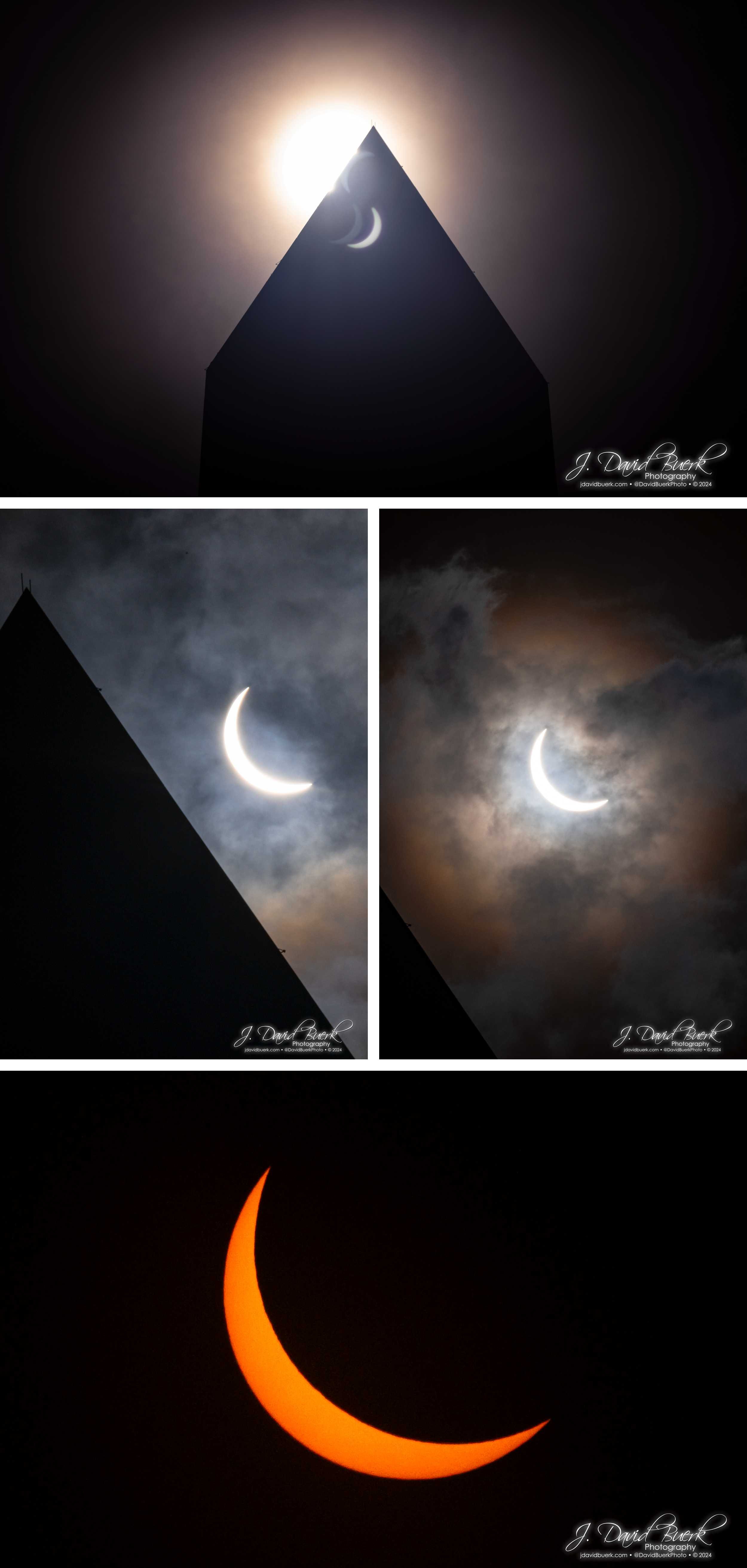The 2024 Kaiser Permanente Health Action Summit, held on April 11th, was a remarkable gathering that brought together some of the most influential leaders in public health and policy. I had the privilege of documenting key moments including the presence of D.C. Mayor Muriel Bowser, U.S. Secretary of Health and Human Services Xavier Becerra, CDC Director Dr. Mandy K. Cohen, and former U.S. Surgeons General Dr. Jerome Adams and Dr. Regina Benjamin. The summit addressed pressing issues such as climate change, gun violence, and social determinants of health, with a strong emphasis on the need for innovation and transformation in healthcare to meet these challenges head-on.
Throughout the day, keynote speakers and panelists engaged in deep discussions about the future of public health and the role of clinicians in shaping the healthcare landscape. Secretary Xavier Becerra highlighted the importance of leadership in health policy, while Dr. Mandy Cohen shared insights on the future of public health in a fireside chat. The former Surgeons General, Dr. Jerome Adams and Dr. Regina Benjamin, offered a retrospective on their experiences and the evolving needs of public health leadership. The summit provided a platform for thought leaders to collaborate on strategies to build a stronger public health ecosystem, address health disparities, and accelerate movements such as "Food is Medicine," ultimately fostering a healthier future for all.













































